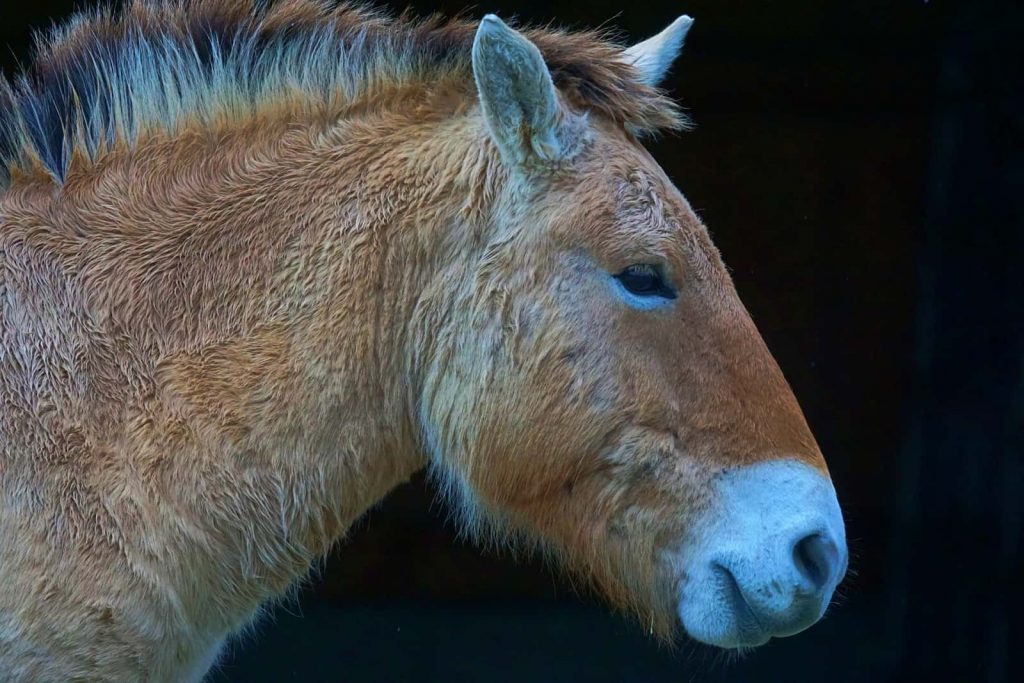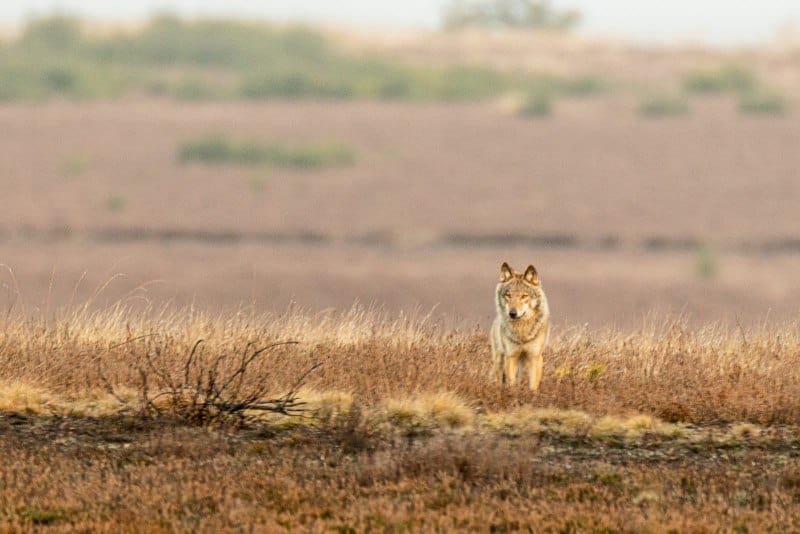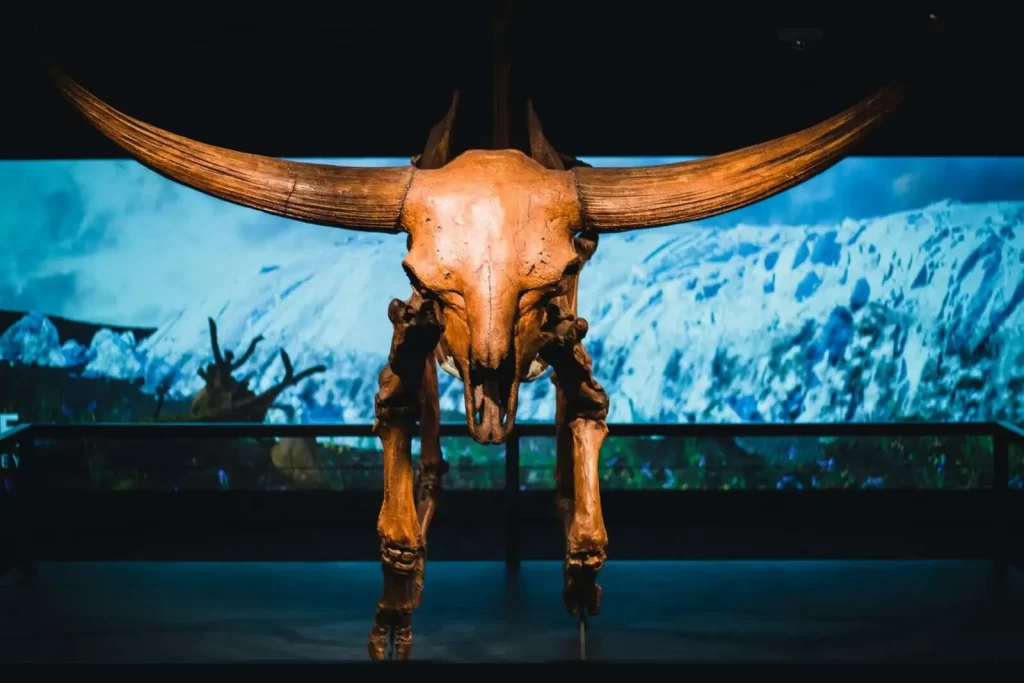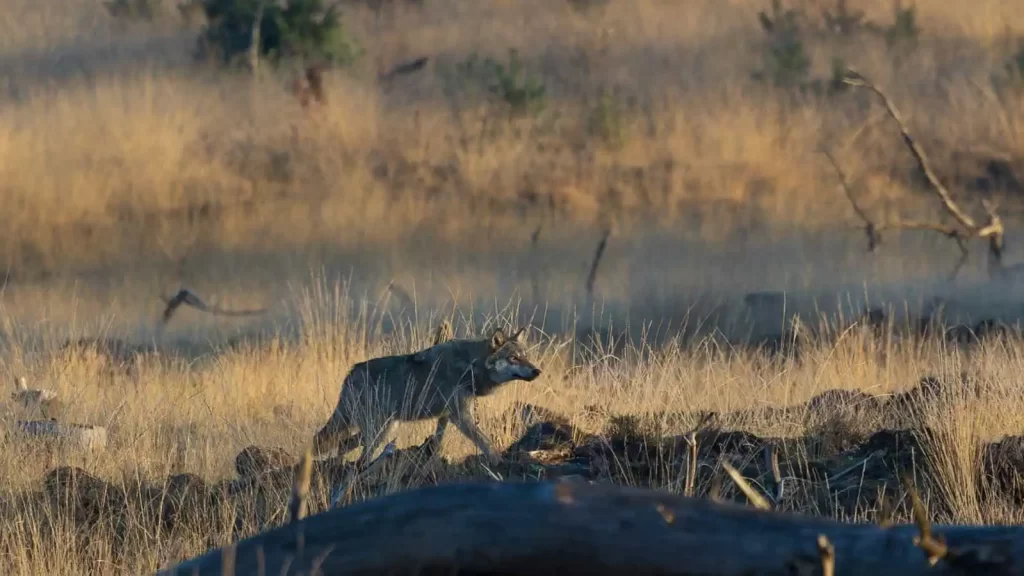Share:
Comparing equids represented in cave art and current horses

The horse is one of the species most represented in cave art during the Paleolithic in the southwest of Europe. These representations show an equine with phenotypical characteristics close to two present-day species which are generally considered as ancient horses: Konik horses (Equus ferus caballus Linnaeus, 1758) andPrzewalski’s (Equus caballus przewalskii Poliakov, 1881) horses. There is no paleontological evidence at sites dating from the Upper Paleolithic in this area ofPrzewalski’s horses; however various authors compare these cave art representations withPrzewalski’s horses.
The comparative anatomical analysis of these representations is difficult due to the variety of styles and the different sizes of the figures. Therefore, we carried out a systematic study of the body proportions on six variables measured in 42 pictures of horses represented in 15 caves (eleven from Spain and four from France) from different cultures and styles.
These measurements have been compared with data obtained from pictures of present-day horses: 22 pictures of hemiones or Asian asses (Equus hemionus Pallas, 1775), 20 Konik horses (Equus ferus caballus Linnaeus, 1758) and 25 Przewalski’s horses.
The results of these analyses were three different equations to distinguish these three current equine species and their relationship with cave art. The outcomes significantly discriminate the three current equine species, which shows that the method is reliable.
The equids represented in the caves studied have body proportions similar to Konik horses and similar lengths of mane, tail and ears as the Przewalski’s horses.
Full report: The equids represented in cave art and current horses






